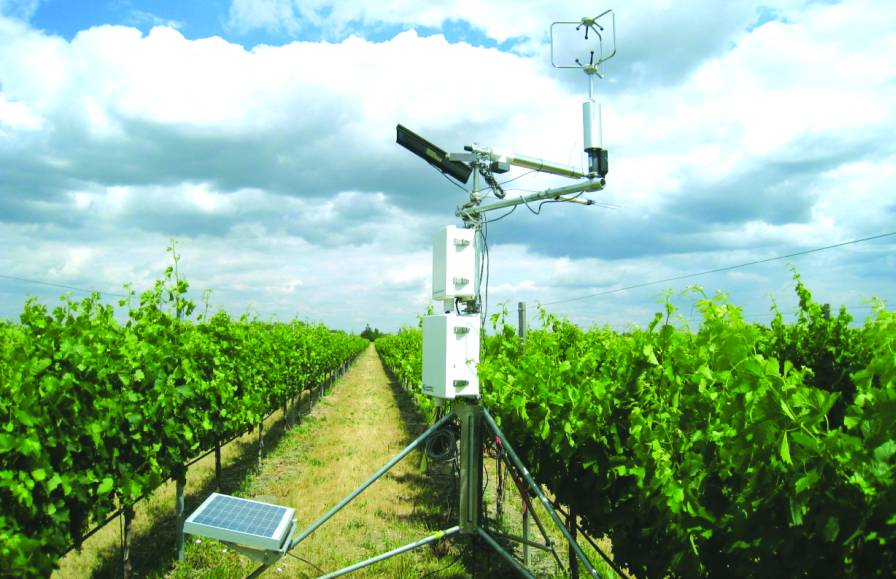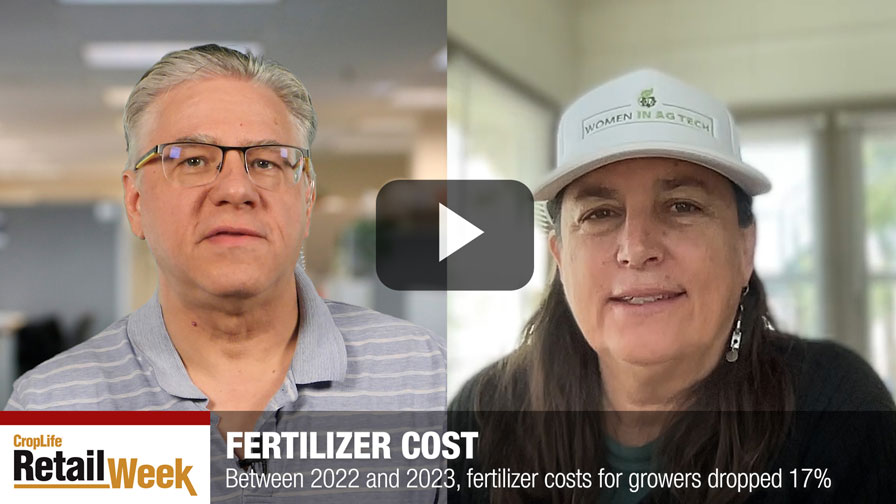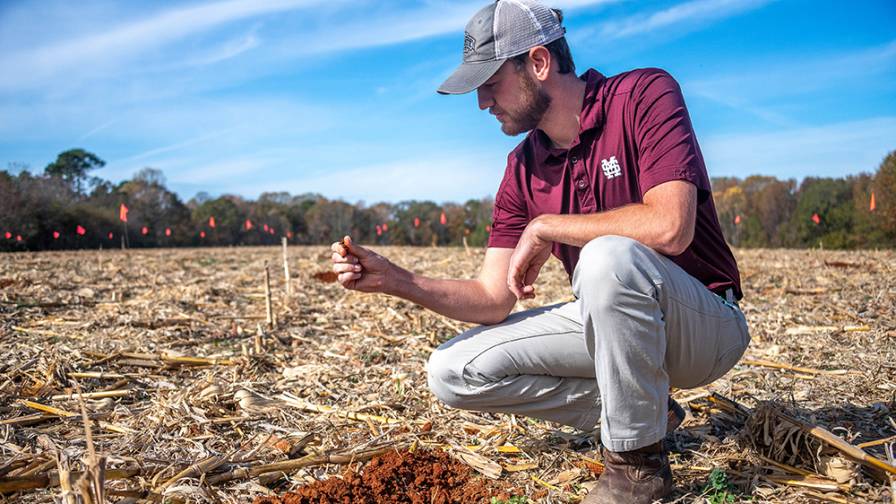Technology Vital In California Water Management
In this arid state, producers are exploring new ways to use water more efficiently. Drip irrigation, in particular, continues to gain ground. “The switch to drip has also increased productivity greatly,” says Peter Bostrom with the California Department of Water Resources. “Processing tomatoes, for example, have seen tremendous yield increases with the change. We’re looking to see if there are other crops where drip can be applied as well. The majority of the orchards now going in are using it just because of the ability to be much more precise.”
[Related: California Water Saga Takes A Turn]
At the University of California, Davis, Daniele Zaccaria, agricultural water management specialist in Cooperative Extension, believes the most reliable water conservation tool is precision irrigation scheduling based on reliable information on evapotranspiration (ETo from CIMIS or Spatial CIMIS) and updated values of crop coefficients (Kc). The different research institutions in California are working diligently to continuously update this information for growers.

Surface Renewal is a low-cost and portable method and tool to estimate actual field-specific crop water use — actual crop evapotranspiration. The technology was patented by the University of California in 2015 and is currently being used for research purposes and by a multitude of commercial farms.
Another recent development by UC in this arena is the development of the Surface Renewal, a low-cost and portable method and tool to estimate actual field-specific crop water use — actual crop evapotranspiration.The technology was patented by the University of California in 2015 and is currently being used for research purposes and by a multitude of commercial farms.
Bottom line is technologies are getting more and more sophisticated and easier to use, so growers are implementing them much more, says Bostrom.
Zaccaria offers a word of caution here: Commercial vendors are selling a lot of water conservation solutions and technologies to growers, but the products’ reliability and accuracy needs to be tested and validated under controlled conditions prior to be effectively deployed at commercial farms.
As for covering the cost of growers’ water improvements, irrigation modernization programs (NRCS-EQIP; CDFA-SWEEP) are being funded by federal (USDA-NRCS) and state (CDFA) agencies to encourage producers to pursue water savings, energy savings and reduction of greenhouse gas emissions in agricultural production.





